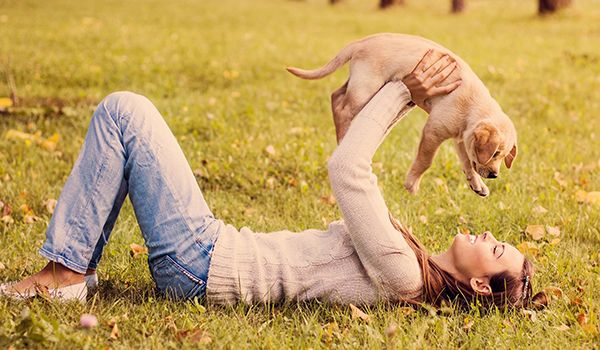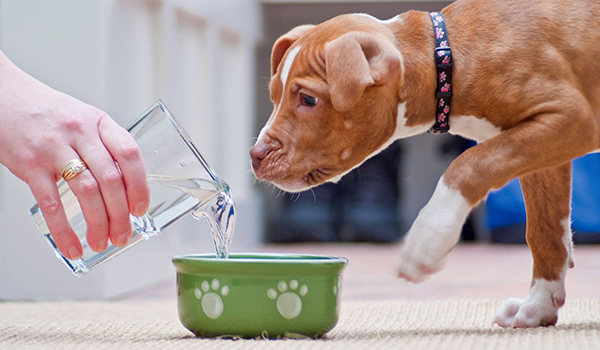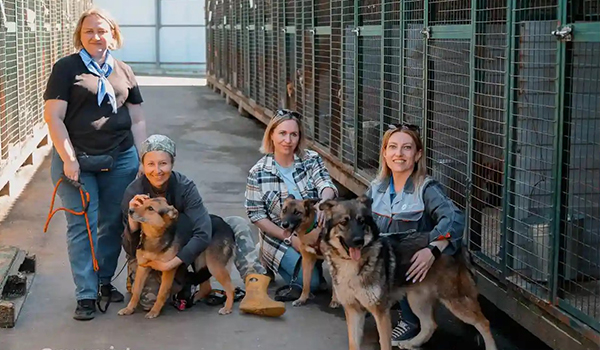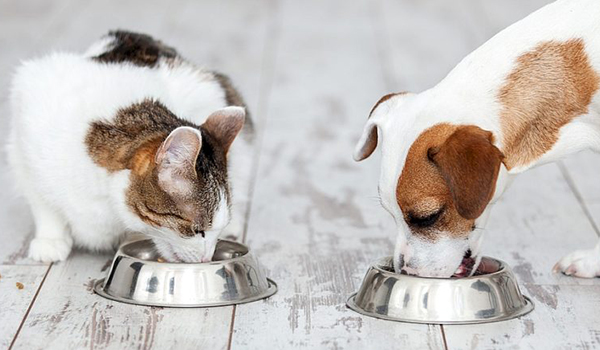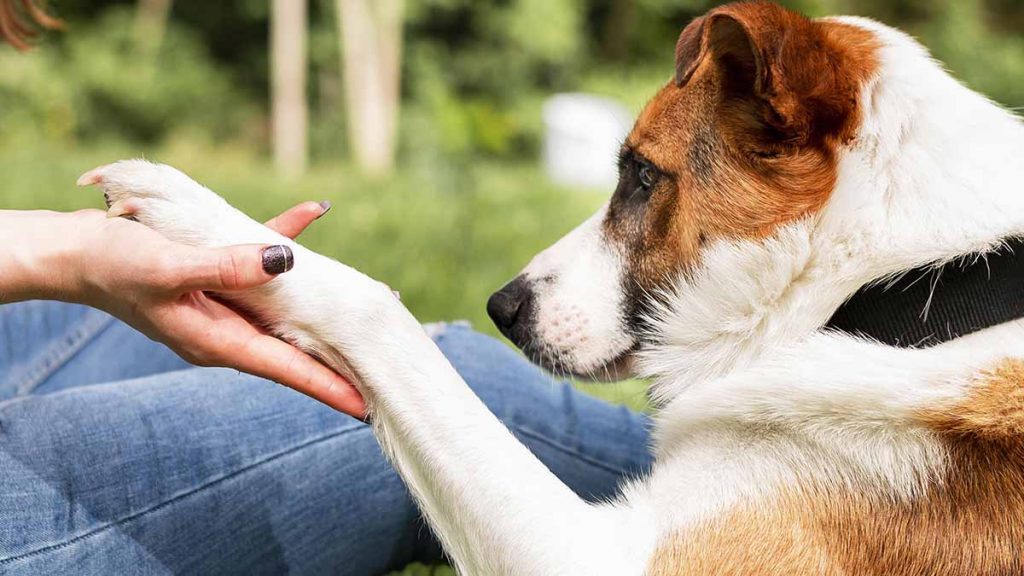
Congratulations on your new family member! Bringing a dog home is an exhilarating experience filled with wagging tails and new beginnings. However, those first few days can also be overwhelming for both you and your new pup. Whether you’ve adopted a rescue or welcomed a puppy from a breeder, a smooth transition sets the foundation for a lifetime of happiness together.
This step-by-step checklist will guide you through the critical first week, helping you build trust, establish routines, and create a safe and loving environment for your newest best friend.
Before You Bring Your Dog Home
- Dog-Proof Your House: Get on your dog’s level! Look for and secure electrical cords, remove toxic plants, pick up small objects they could chew or swallow, and ensure cleaning supplies are behind closed doors.
- Gather Essential Supplies: Have everything ready so you don’t need to run to the store last minute.
- Food & Water Bowls: Stainless steel or ceramic are best.
- High-Quality Food: Get the same food they were eating before to avoid stomach upset. You can transition later.
- Collar with ID Tags & a Leash: The ID tag should have your phone number on it immediately.
- A Cozy Bed: Place it in a quiet, low-traffic area.
- A Crate: If you plan to crate train, set it up as a positive, cozy den, not a prison.
- Chew Toys & Puzzles: Essential for teething puppies and for keeping any dog busy and out of trouble.
- Designate a “Safe Zone”: Choose a quiet room (like a living room or spare bedroom) where your dog can retreat from the hustle and bustle of the house, especially if you have children or other pets.
Your Day-by-Day First Week Guide
Day 1: The Settle-In
- Keep it Calm: Your home is a vast, new world. Bring your dog home on a leash and give them a quiet, guided tour of the areas they are allowed in. Avoid overwhelming them with visitors or too much excitement.
- Introduce Their Space: Show them their water bowl and bed. Let them explore their safe zone at their own pace.
- First Potty Break: Take them directly to your designated potty spot outside the second you get home. Praise them lavishly but calmly if they go.
- Stick to a Schedule: Offer a small meal and water according to the schedule they were on before. Establish set times for potty breaks: first thing in the morning, after meals, after naps, and before bed.
- Quiet Time: Allow your dog to observe. Don’t force interactions. Let them come to you. This is a day for trust-building, not training.
Day 2 & 3: Building Routine & Trust
- Establish the Basics: Continue with the predictable schedule for feeding, water, and potty breaks. Consistency is comforting.
- Start Name Recognition: Say their name in a happy, positive tone. When they look at you, reward them with a treat. This builds a positive association.
- Begin Gentle Training: Introduce very short, positive training sessions. Practice a simple “sit” using treats as a lure. Keep it fun and end on a success.
- Alone Time Practice: Leave the room for a few minutes at a time. This helps prevent separation anxiety from developing. Don’t make a big deal out of departures and arrivals.
- Continue Supervision: Keep your dog on a leash indoors or in a gated area if you can’t actively watch them. This prevents accidents and destructive chewing.
Day 4 to 7: Expanding Their World
- First Vet Visit: Schedule a wellness check within the first week. This establishes your vet relationship and ensures your dog is healthy.
- Gradual Introductions: If you have a backyard, start introducing short, supervised play sessions there. Continue to explore your home on leash.
- Socialization (Carefully!): Socialization is about creating positive experiences, not overwhelming your dog. From a distance, let them watch cars, people, and other dogs. Avoid dog parks or busy pet stores for now.
- Bonding Time: Find what your dog enjoys—a gentle belly rub, a game of tug, or a quiet cuddle on the couch. This strengthens your connection.
- Observe and Learn: You’re starting to learn your dog’s personality, cues, and potty signals. Pay attention to what they’re telling you.
Key Tips for a Successful First Week
- Patience is Everything: Your dog may be scared, shy, or overly excited. They might have accidents, whine at night, or not eat much. This is normal. Respond with patience and calm guidance.
- The Two-Week Shutdown: For especially shy or fearful rescue dogs, many experts recommend a “Two-Week Shutdown.” This means keeping their world very small and quiet for two full weeks—minimal visitors, no trips, no demanding training—to allow their stress levels to decrease fully.
- Involve the Whole Family: Ensure everyone in the household is on the same page regarding rules, feeding schedules, and training commands. Consistency prevents confusion.
- Manage Expectations: Don’t expect a perfect dog in a week. You are laying the groundwork. The goal of week one is safety, trust, and routine, not perfect obedience.
The first week with your new dog is a beautiful, messy, and incredible journey. By providing structure, patience, and plenty of love, you are not just helping them adjust—you are building the unshakable foundation of a lifelong friendship.

